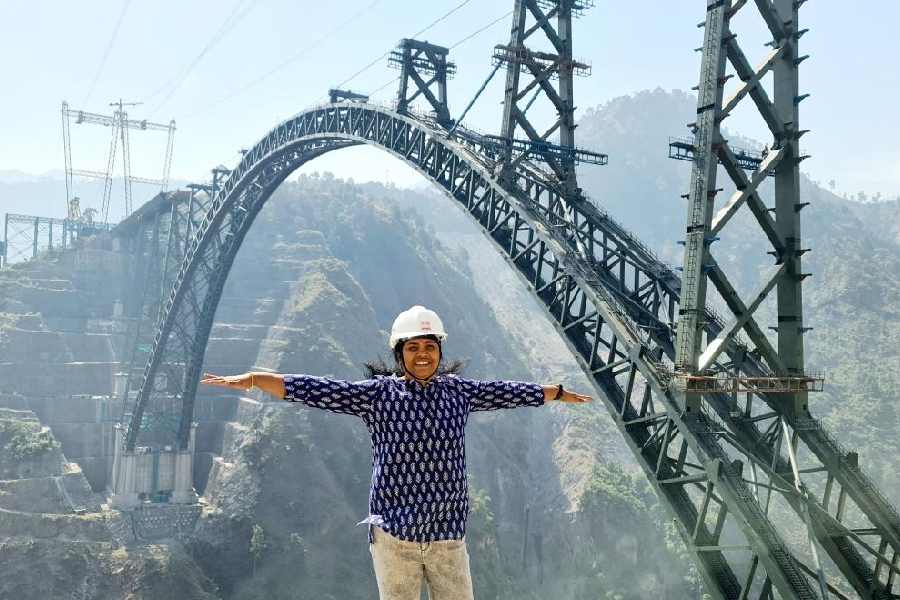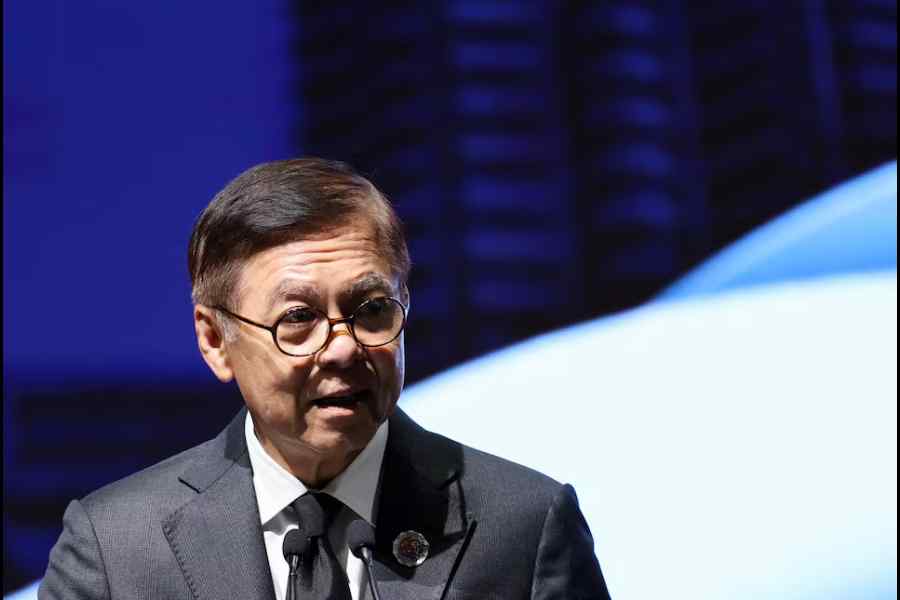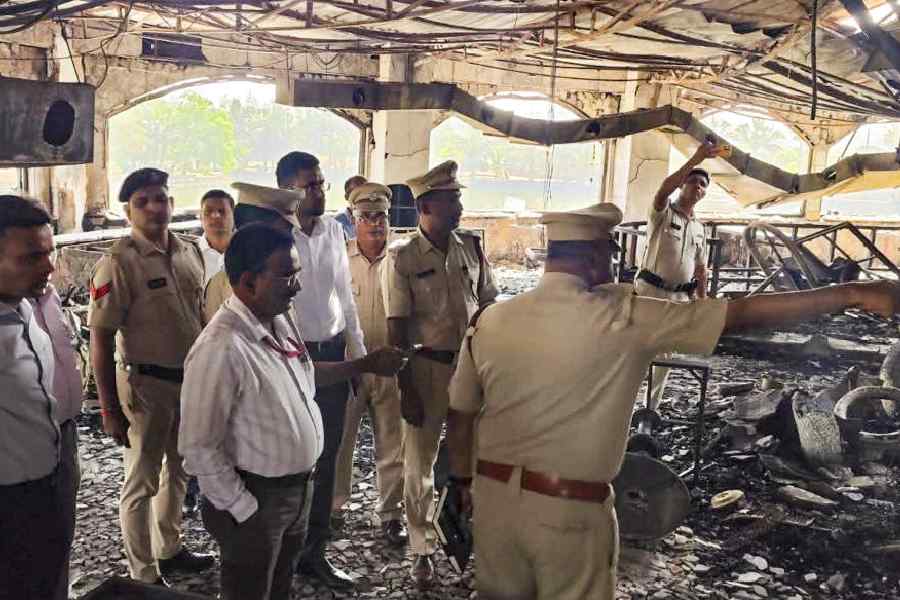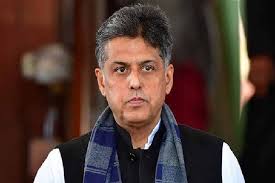Gali Madhavi Latha has lost count of how often the mountain slopes flanking the Chenab river sprang hidden surprises, forcing her team into real-time redesigns as they wrestled to build the world’s highest railway arch bridge.
Through their 17 years on the project, Latha and her colleagues embraced a “design-as-you-go” philosophy to build the 1,315-metre steel bridge, 359 metres above the Chenab, that Prime Minister Narendra Modi is to inaugurate on Friday.
The bridge — 35 metres taller than the Eiffel Tower — is part of the 272km Udhampur-Srinagar-Baramulla rail link that features 36 tunnels and 943 bridges and will fulfil a century-old idea to connect Jammu and Srinagar through a railway line.
A Vande Bharat train will run between Jammu and Srinagar along this route.
“We knew from the start this would be an intensely challenging project,” said Latha, a rock mechanics specialist and professor of civil engineering at the Indian Institute of Science, Bangalore, and a consultant for the project.
“What we didn’t know were the secrets the mountain would throw at us,” she told The Telegraph on Thursday.
The challenge was clear from the terrain, the geology and the sheer difficulty of just reaching the site, Latha said.
She had first surveyed the site in 2005 after a boat ride along the Chenab and a gruelling climb up the steep mountain slopes on foot. That was 17 years before the construction was completed in 2022, with the last few years spent on exercises such as trial runs.
The bridge required some 28,660 tonnes of steel — equivalent to nearly four Eiffel Towers — plus 66,000 cubic metres of concrete and 26km of motorable roads to bring in cranes, other equipment and workers.
Designed to last 120 years and handle train speeds up to 100kmph, the bridge can remain operational at 30kmph even if one of its eight piers fails.
The bridge has been built to withstand the forces of the earthquakes typically expected in the Himalayan region.
When engineers from Northern Railway and Afcons Infrastructure, the private entity engaged in the construction, began cutting into the slopes, they encountered several unexpected features in the rocks that required the engineers to revise the slope stability calculations.
They discovered fragmented rocks held together by joints and hidden cavities -- features that were not evident during the early ground surveillance ahead of construction but heightened the risk of rockslides.
“Our objective was to design for worst-case scenarios to minimise the risk of rockslides,” Latha said.
The construction teams introduced cement -- a process called grouting -- into the joints within the rocks and implanted steel anchors within the rocks to enhance stability.
“We had to recalculate anchor spacing, lengths, locations, and the amount of steel,” Latha said, citing one example of how the engineers had to revise strategies during the construction.
The cumulative length of the rock anchors used in the project runs into 66,683 metres, according to the railway ministry.
Multiple times during the construction, the engineering teams had to adopt design strategies, solutions and sequences of construction that, Latha said, were not available in any textbooks or construction codes.
“We had to reevaluate our strategies and innovate in real time,” said Latha, who studied civil engineering at NIT Warangal and obtained a PhD from IIT Madras before joining the IISc. She was assistant professor there when Afcon recruited her in 2005 as a project consultant.
“I’m happy to have been part of a project to realise a century-old dream,” she said.










